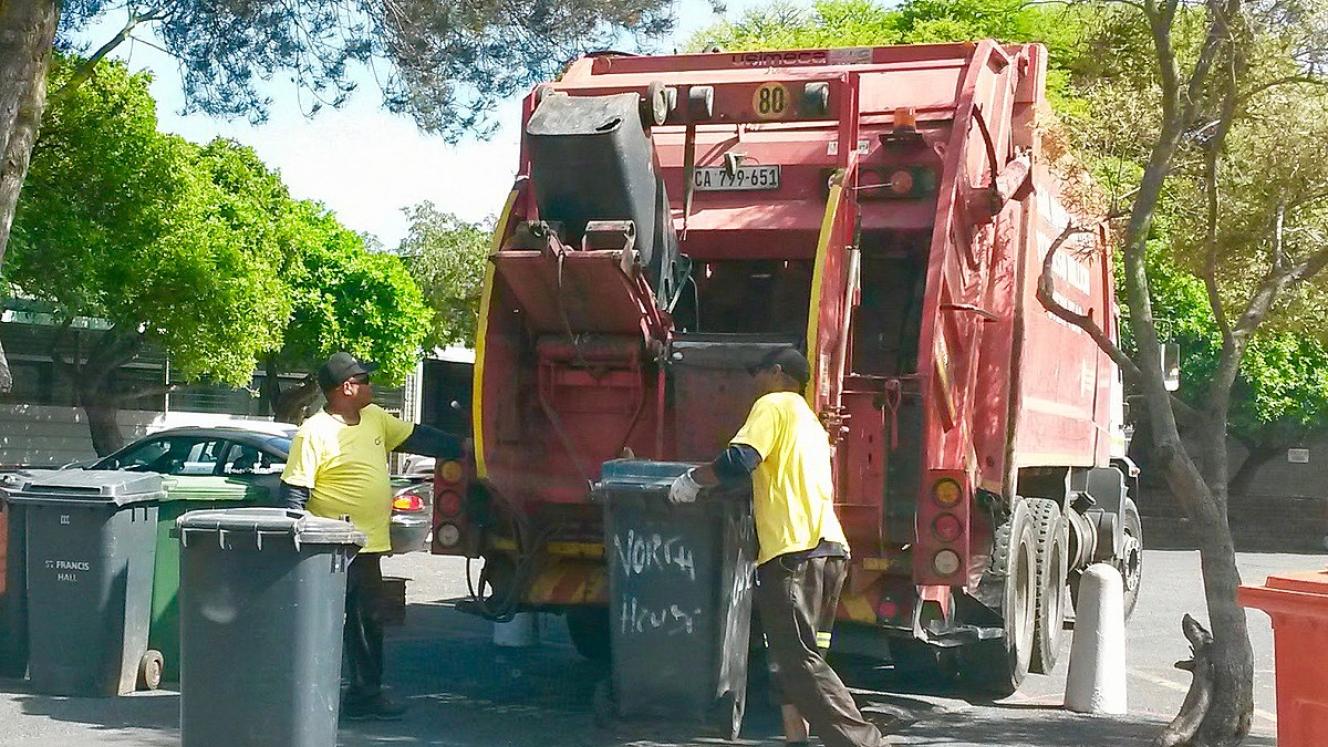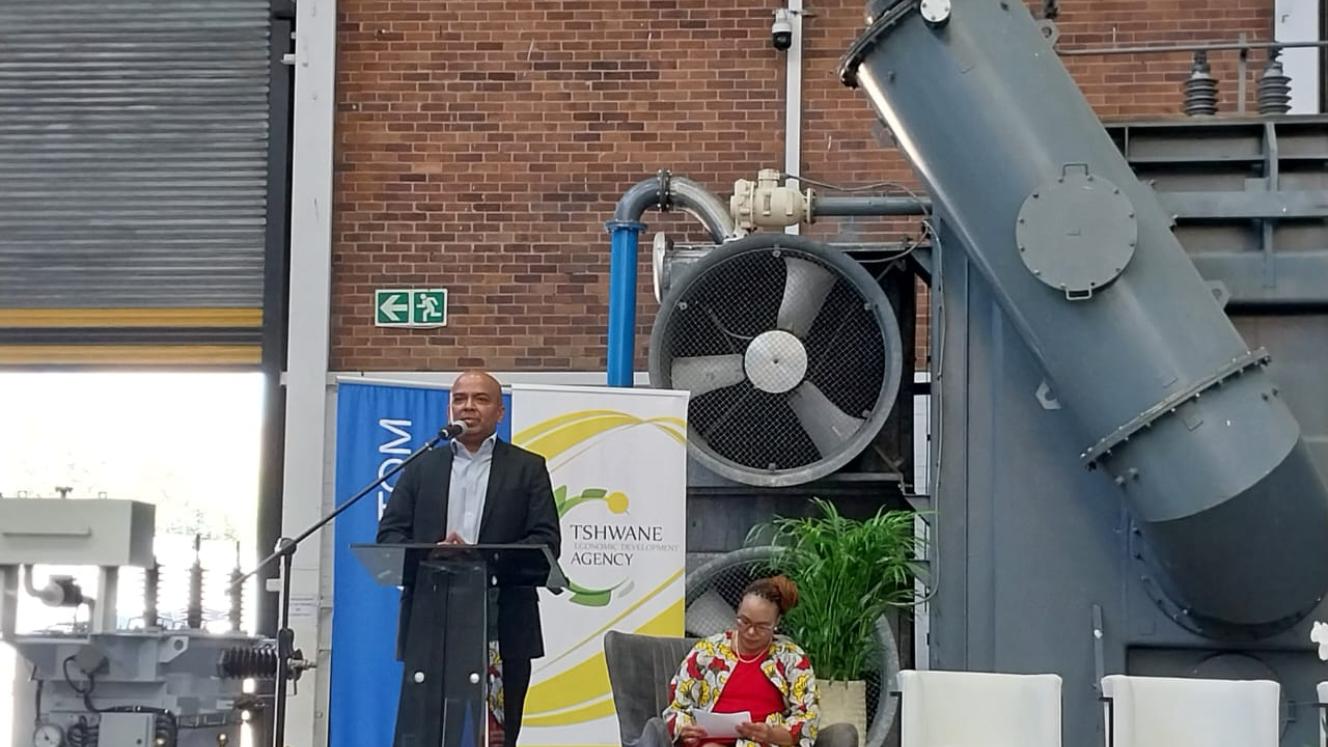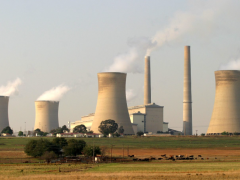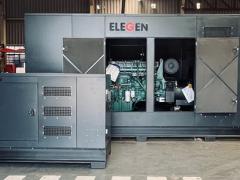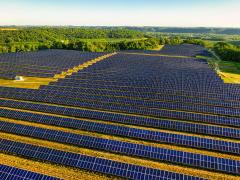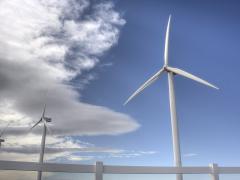South Africa generates an estimated 125 million tonnes of municipal waste every year – much of which ends up in landfills. Increasingly, however, the combustible fraction of this waste (including plastics, paper, wood and textiles) is being processed into refuse-derived fuel (RDF), a solid fuel that can supplement or replace coal in industrial applications.
Although the combustion of waste for energy has been common in northern hemisphere countries, often in centralised furnaces providing district heating, it remains rare in South Africa. Most waste is landfilled. Only in recent years has there been a shift towards separating and processing the energy-rich components into fuel for industrial heat generation.
RDF is defined as a solid fuel produced from non-hazardous municipal, construction, demolition or industrial waste streams in strict compliance with environmental and waste legislation. It typically comprises high-calorific fractions such as plastics, paper, textiles and wood. Once processed, RDF can be co-incinerated with coal or biomass in power and heating plants or burned in rotary kilns used in the cement industry where non-combustible components are incorporated into the final clinker product.
Producing RDF involves several stages:
- Separation of organic and combustible materials
- Shredding to reduce size
- Screening to achieve a consistent particle size
- Drying to remove moisture
- Densification or baling for transport
Manual sorting is still common in many facilities as it improves the yield of plastics and increases the calorific value while also creating employment. Once processed, RDF may undergo additional treatment to meet quality standards, such as EN ISO 21640:20217, and may then be classified as solid recovered fuel.
ASTM International defines seven types of RDF, ranging from raw municipal solid waste (RDF-1) and shredded “fluff” (RDF-3) to densified pellets (RDF-5), liquid fuels (RDF-6) and gaseous fuels (RDF-7). Among these, fluff fuel (a shredded, high surface-area fuel produced from plastics, paper and fibres) is widely used. It burns more completely than pelletised fuel and is particularly suited to cement kilns where particulate emissions are encapsulated in the final product, leaving almost no ash.
The calorific value of RDF varies from 20-40 MJ/kg, depending on composition. South African producers report average values of around 24 MJ/kg, with some exceeding 27 MJ/kg, comparable to A-grade coal. These fuels typically have lower ash, sulphur and metal content than conventional coal while offering a cleaner combustion profile.
While the use of RDF and other waste-to-energy processes remains limited in South Africa, interest is growing as part of the country’s broader decarbonisation and circular economy agenda. A national Waste-to-Energy Roadmap, currently in development, is expected to set future policy direction and define technical and environmental standards.
Local producers such as Wastetech in Germiston and New Horizons in Cape Town are already manufacturing RDF and supplying it to industrial users, particularly in the cement sector.
